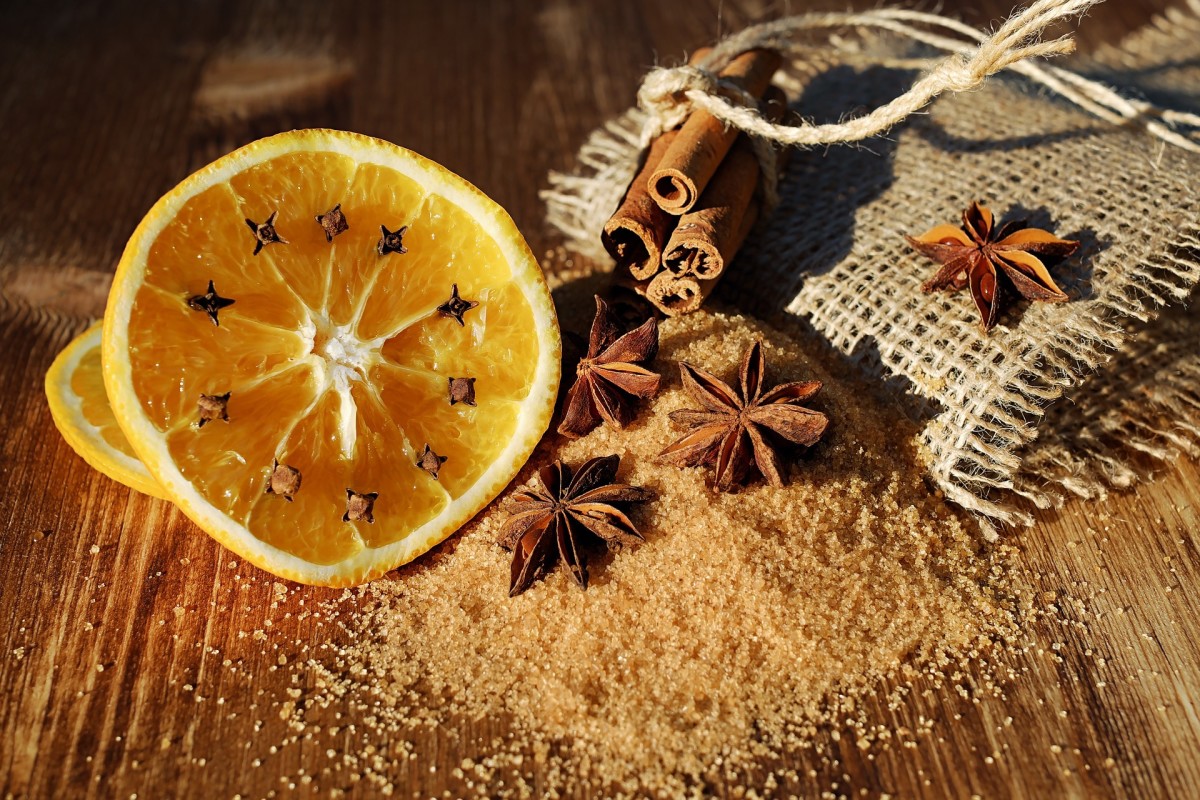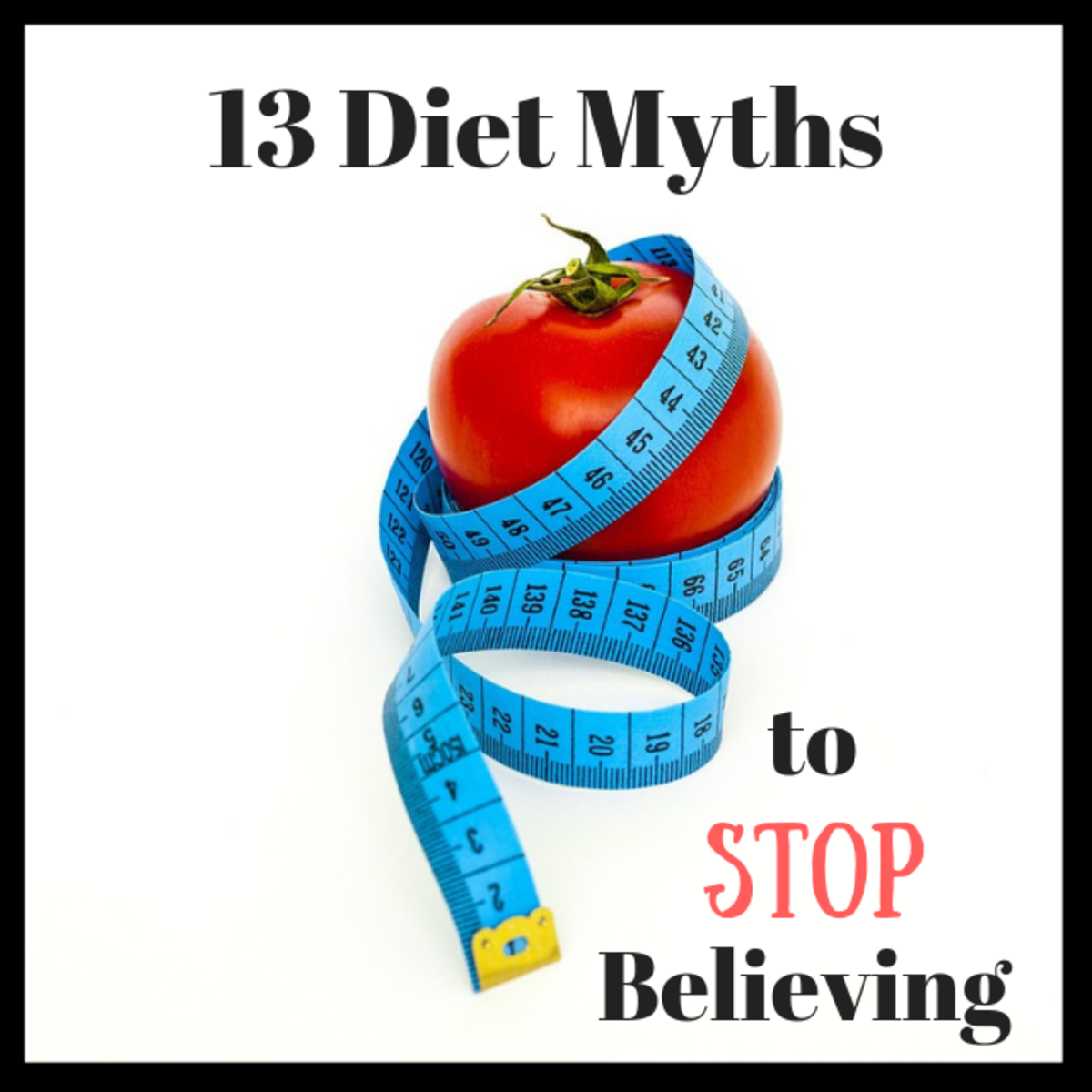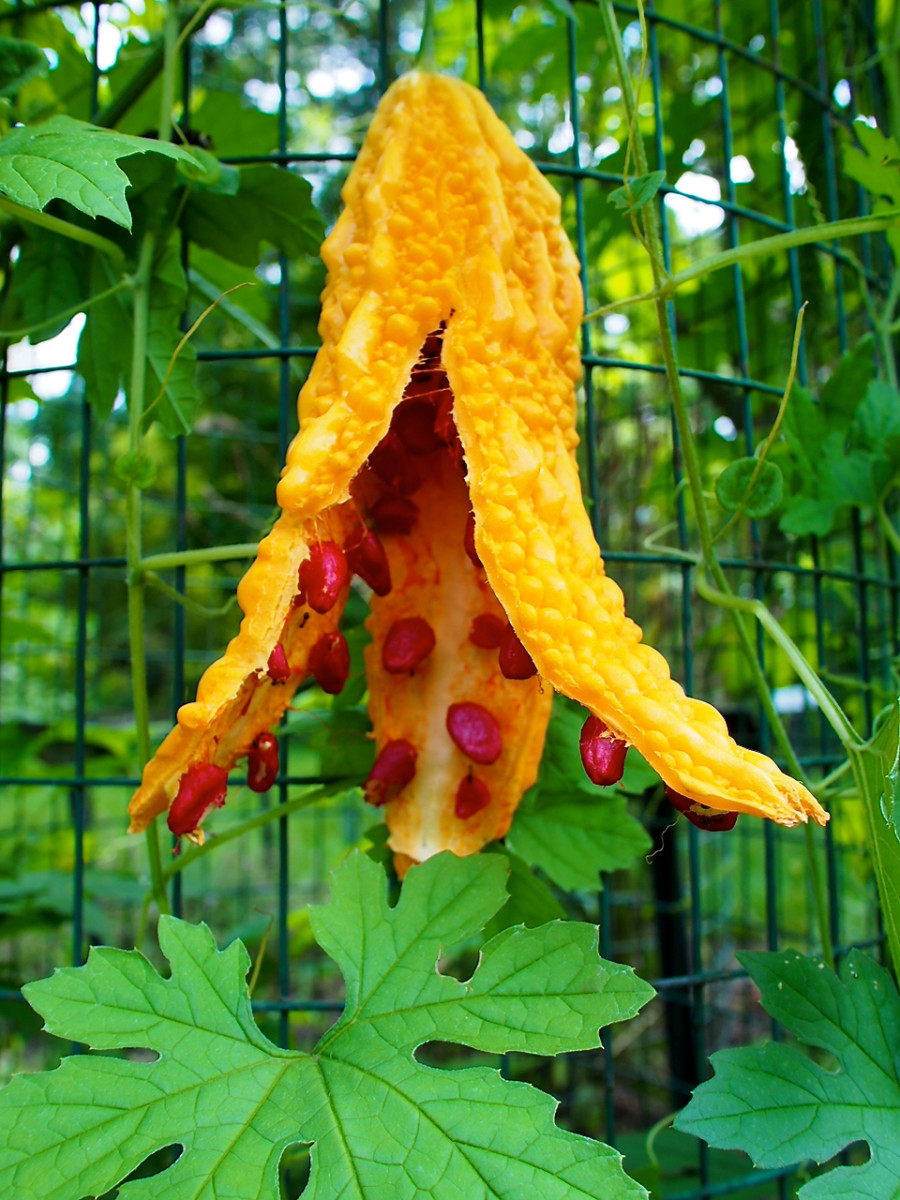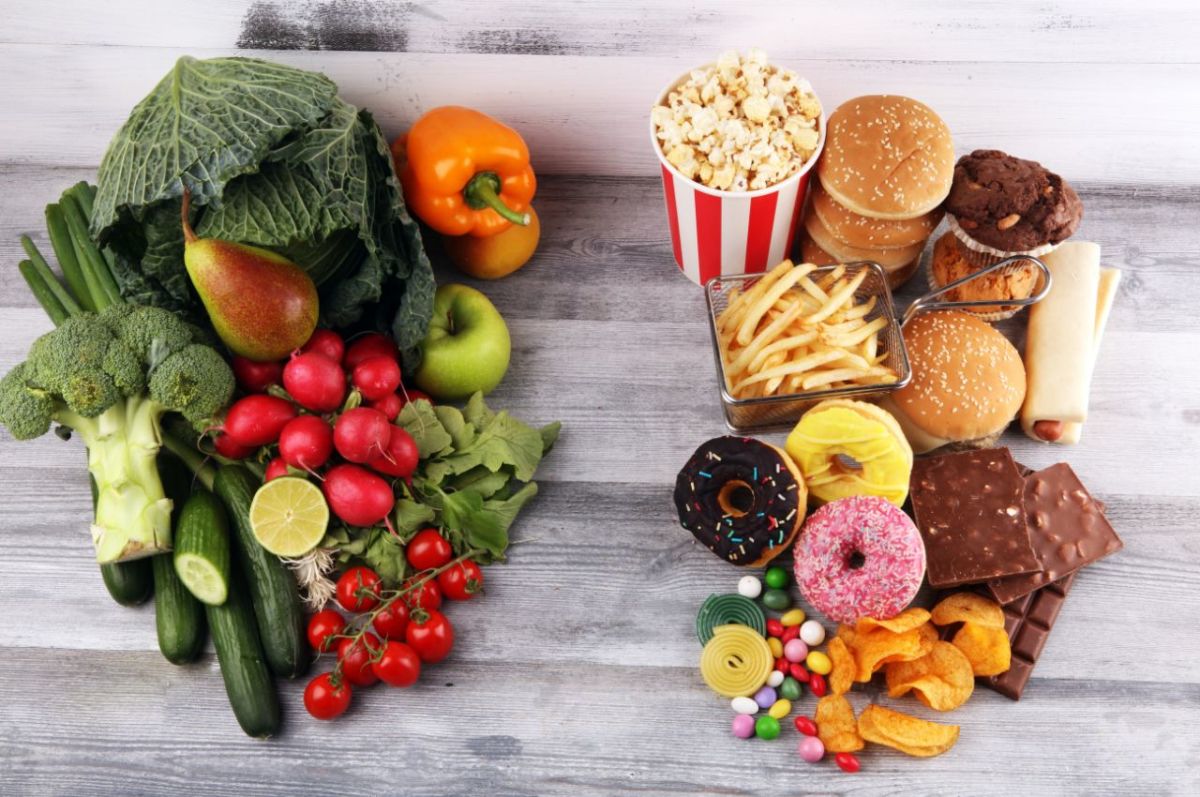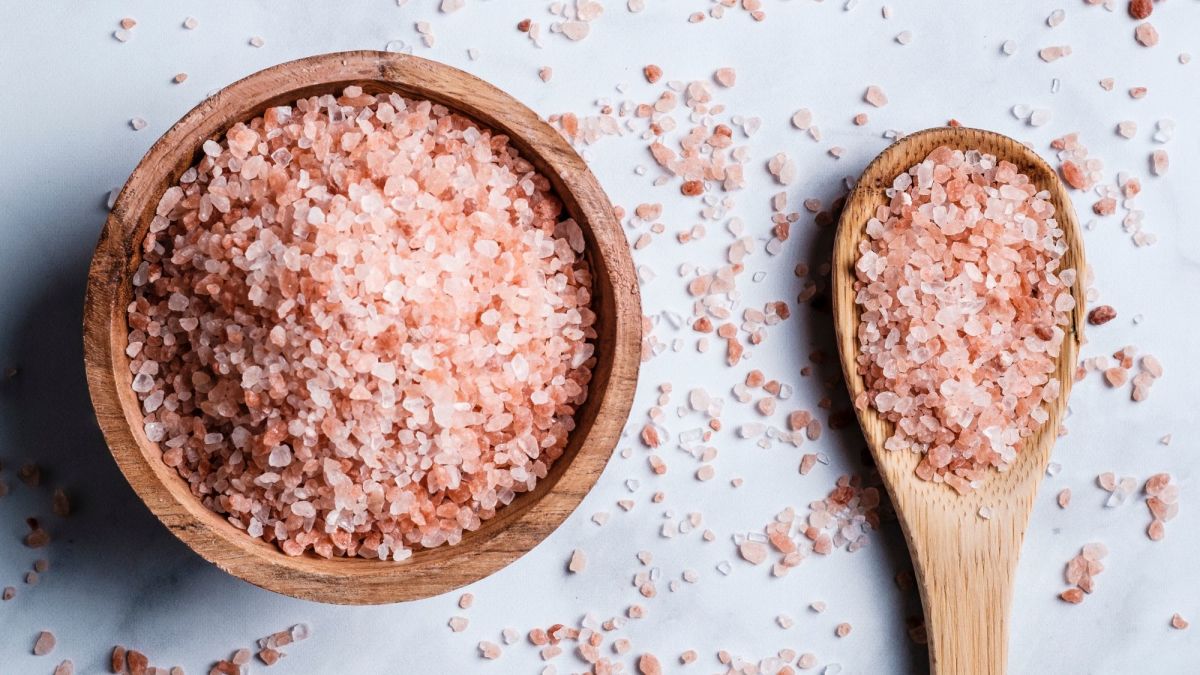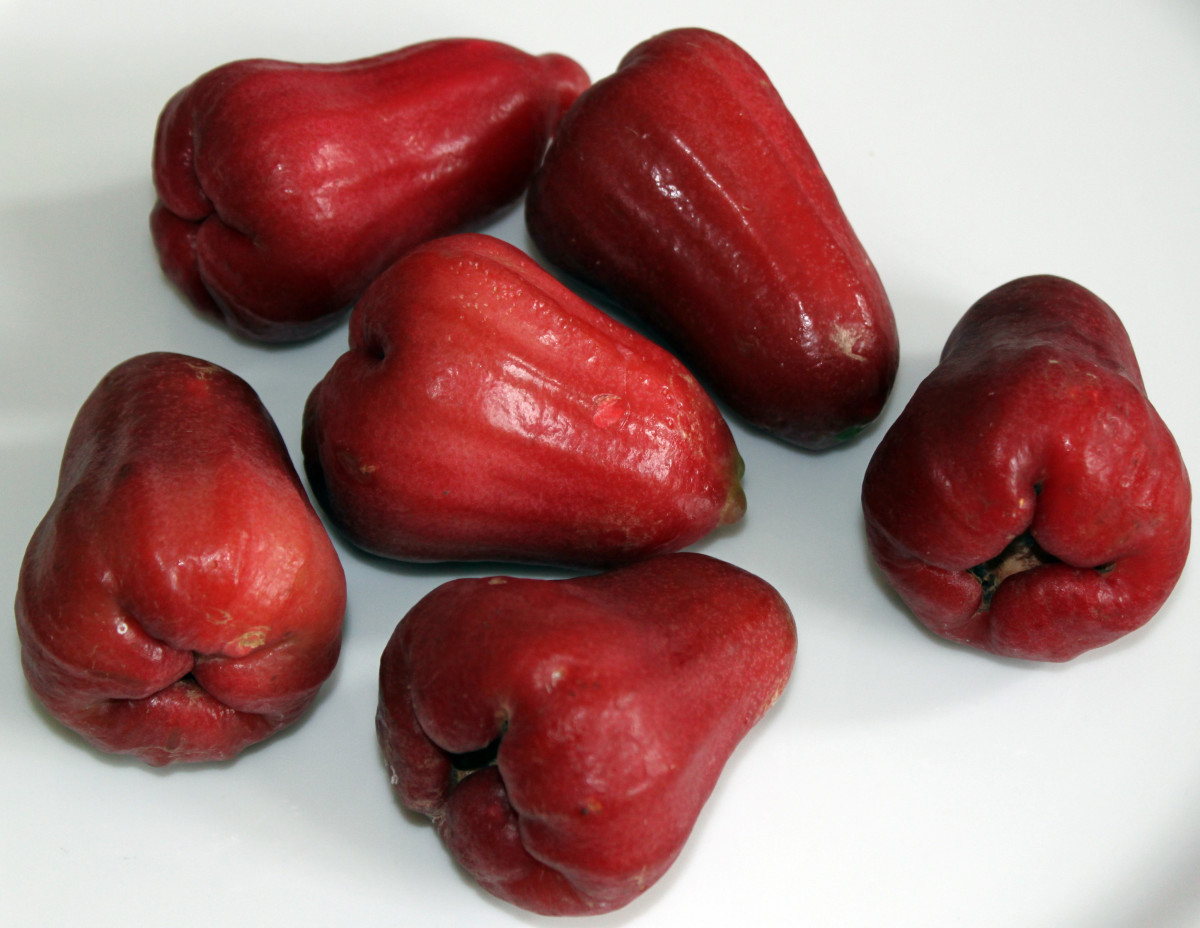Facts About Sugar
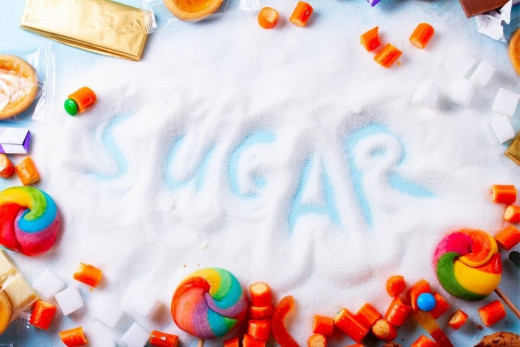
Types of Sugar
Did you know that eating an excess of white sugar has been linked to cancer, type 2 diabetes, heart disease, obesity, dental decay, and hyperactive behavior?
From ketchup to soft drinks, from baked goods to cereals, white sugar can be found in commonly eaten food products and is literally robbing us of our health.
Eating sugar naturally found in fruits and vegetables is not the problem. It’s eating too many processed sugary foods.
Listed below are the common types of sugar.
Glucose
This is the simplest form of sugar and is easily absorbed into the bloodstream. Our bodies will break down carbohydrates into glucose to use as fuel.
The glycemic index is an indicator of how fast glucose enters our bloodstream. Fruits, vegetables, beans, and whole grains tend to take longer to digest and therefore have a lower glycemic rating.
As a result, eating these foods will help to stave off weight gain or energy fluctuations.
Foods like soft drinks, candy, cookies, cakes, muffins, and sweetened cereals are high on the glycemic index. By the way, glucose is often referred to as dextrose so make sure you read your labels.
Fructose
This sugar can be found in fruits and vegetables and has a slower absorption rate and is, therefore, a healthier sweetener.
Sucrose
This is the humble table sugar that comes from sugar beets or sugar cane.
Lactose
This
is the sugar found in milk and to be properly broken down in our bodies
we need to produce the enzyme lactose. People who aren’t able to
produce this enzyme are said to be lactose intolerant.
High-Fructose Corn Syrup
This
sugar comes from corn of course and is used because it extends the
shelf life of food but more importantly it is very cheap to produce.
The downside of consuming this sugar is that it has been linked to type 2
diabetes and obesity.
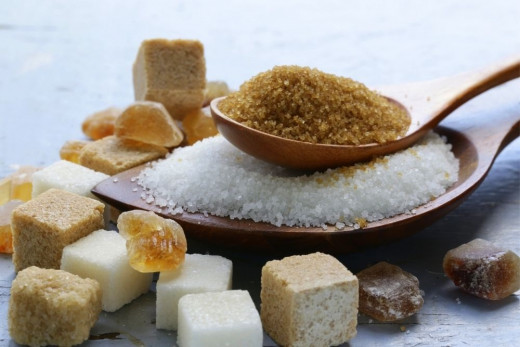
Tips to Reduce Sugar Intake
Don't be fooled by brown sugar, it is still sugar. Often it is white sugar with a small amount of blackstrap molasses added.
Eat fruit, drink water. If you want to avoid too much sugar, avoid store bought fruit juice and instead eat the fruit in its natural state. Instead drink water.
Read the labels. Sugar isn't necessary labeled as sugar on most products. Look for the following: sucrose, glucose, fructose, dextrose, lactose, maltose and corn syrup. If they are listed within the first four ingredients, then the food has a high sugar content.
Use natural sweeteners for baking. You can use fruits to replace sugar in your baking. Use mashed bananas, plums, applesauce and cranberries to add sweetness to your food.
When buying cereal make sure there is a minimum of 5 grams of fiber per serving and a maximum of 5 grams of sugar per serving.
Books About Sugar

Healthier Natural Sweeteners
The following sweeteners possess some nutritional value and can be substituted for the less healthy choices.
Molasses
This is a byproduct of refining sugar cane or beets. Molasses has a higher nutritional value than sugar because it contains calcium, iron, potassium, magnesium, selenium and Vitamin B6.
Sucanat
This is a product that is comes from evaporated sugar cane juice. It contains more vitamins and minerals and can be used for baking, cooking or sweetening your coffee or tea.
Agave Nectar
Agave comes from a plant called a succulent or cactus which is mostly grown in Mexico. Agave is low on the glycemic index and has almost no impact on blood sugars.
Stevia
This sweetener is completely natural as it is produced from a plant found in Central and South America. It has very few calories and is available in a liquid or powder and can be used to sweeten baked goods. It can also be used to sweeten your tea or coffee.
Sugar Alcohols
This sweetener goes by many names including maltitol, sorbitol, isomalt and xylitol. They have a different composition than sugar and are not fully absorbed by the body. They contain fewer calories than sugar but because they are not fully absorbed by the body they can ferment in the gut and cause bloating, stomach upsets, gas or diarrhea.
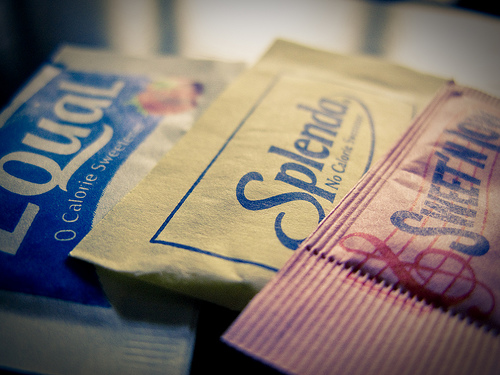
Artificial Sweeteners
Aspartame – NutraSweet, Equal. It is used as a tabletop sweetener (Equal). It is added to cereals, yogurt, soft drinks, candy, and desserts. Possible side effects include headaches, depression, and abdominal pain.
Cyclamate – Sugar Twin, Sweet’N Low. It is used as a tabletop sweetener. It is heat stable so it can be used in baked goods.
Possible side effects include: a 1960 study found that it may speed up the formation and progression of cancer tumors and it might damage the male reproductive DNA.
Sucralose – Splenda. It is used as a tabletop sweetener. It is also added to cold and hot drinks and baked and frozen goods.
Possible side effects include: because it contains chlorine, studies are still required to determine its safety.
One study has already revealed that their test rodents suffered from shrunken thymus glands and enlarged livers and kidneys.
Acesulfame Potassium – Sunett. This artificial sweetener is added to beverages, fruit spreads, baked goods, hard candies, and chewing gum.
Possible side effects include long-term studies that have yet to be conducted. However, Acesulfame K does contain the carcinogen methylene chloride.
Long-term exposure to methylene chloride can cause headaches, depression, nausea, mental confusion, liver effects, kidney effects, visual disturbances, and cancer in humans.
Neotame is a chemical derivative of aspartame, and judging by the chemicals used in its manufacturing, it appears even more toxic than aspartame.
Although the proponents of neotame claim that increased toxicity is not a concern, because less of it is needed to achieve the desired effect.
Brought to you by Monsanto which has not funded rigorous independent testing for safety.
They won't because virtually every independent analysis of aspartame not conducted by Monsanto partners has revealed a long list of disturbing side effects, mostly neurological in nature.
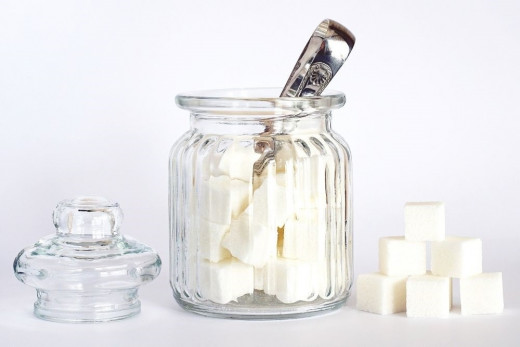
Useful Facts About Sugar Links
- Neotame Receives FDA Approval But is Not Widely Used Yet
Neotame, an artificial sweetener derived from aspartame, appears to be more dangerous than the latter because it contains a flammable eye and skin irritant. - Avoid High Fructose Corn Syrup in Beverages and Processed Foods
If you think consuming products with high fructose corn syrup is a good way to avoid sugar, think again. You are better off with sugar! Of course, you probably know by now that any aspartame type sweetener is out of the question. - The 76 Dangers of Sugar to Your Health
Sugar feeds cancer cells, triggers weight gain, and promotes premature aging. Learn more about the dangers of sugar to your health. - Discovery Health : Shun the Sugar for Sweeter-Looking Skin
Get the facts on how sugar affects your skin. - Sugar: Pleasure or Poison
In 1816, the average sugar consumption per person was 15 pounds per year. In 1955, the average sugar consumption was 120 pounds per year. Now in 1990 it is about 180 pounds per person per year. This is equivalent to half a pound per day per person. - Sugar's effect on your health
Information on sugar and its effect on your health, also sugar and cancer - How Sugar Can Effect Your Health
This archives is presented to assist our visitors in taking a pro-active part in their own health. - White Death: How Sugar is Killing You - Associated Content - associatedcontent.com
Sugar causes obesity, aging, kidney disease, and more. - Sugar - Sweet Poison, toxic sugar, the dangers of sugar, sugar is not your friend
Sugar is a basic element found in starchy food. Sugar cane contains 14% trace elements, minerals and vitamins, plus chlorophyll. The sugar we purchase in the supermarket is heated up in chalk-milk, so that calcium and protein are extracted.
© 2010 True Blue Tips

